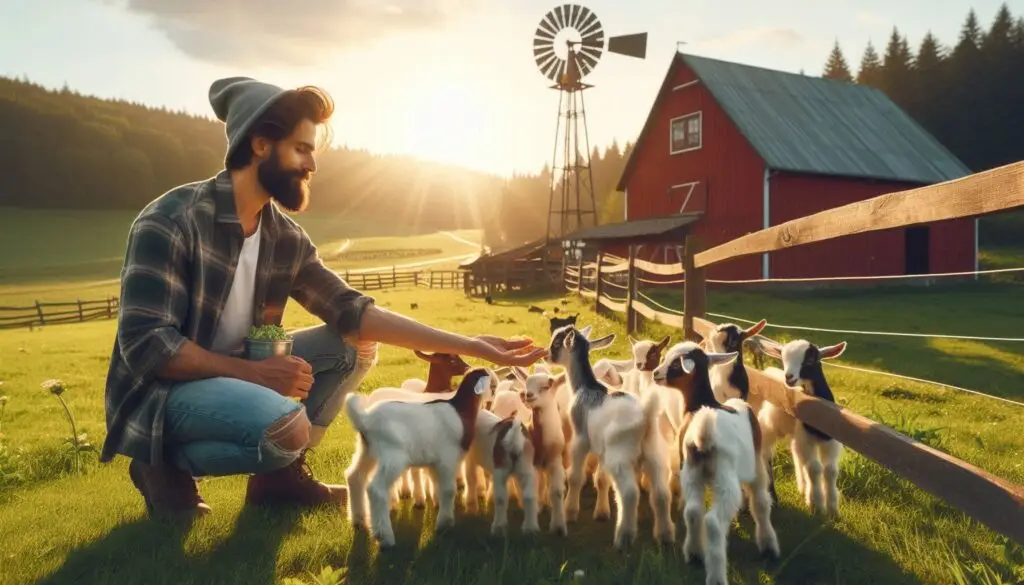Rabbit Meat Production

Introduction to Rabbit Meat Production
Rabbit meat production is gaining attention as a sustainable and nutritious source of protein. With rising concerns about the environmental impact of traditional livestock farming, many are turning to rabbits. This article explores the benefits, production methods, and market dynamics of rabbit meat production.
The Benefits of Rabbit Meat
Nutritional Advantages
Rabbit meat is known for its excellent nutritional profile. It is low in fat and high in protein, making it a healthy choice for consumers. A 100-gram serving of rabbit meat contains about 33 grams of protein and only 21 grams of fat. Additionally, it is rich in vitamins such as B12, B3, and B6, along with essential minerals like phosphorus and selenium.
Environmental Sustainability
Raising rabbits is environmentally friendly. Rabbits require less land and water compared to larger livestock. They can thrive on a diet of grass, hay, and vegetables, which reduces the need for grain-based feeds. This efficiency helps lower the carbon footprint associated with meat production.
High Reproductive Rates
Rabbits have a remarkable reproductive capacity. A single doe can produce several litters each year, with each litter containing 6-10 kits. This high reproductive rate allows for rapid herd growth and meat production.
Understanding Rabbit Farming
Choosing the Right Breed
Selecting the right breed is crucial for successful rabbit farming. Popular breeds for meat production include:
- New Zealand White: Known for its rapid growth and high meat yield.
- California: A good choice for both meat and fur production.
- Flemish Giant: Larger breed, ideal for meat but requires more space.
Housing and Space Requirements
Rabbits need adequate space for movement and comfort. A well-ventilated hutch or barn is essential. Each rabbit should have at least 2-3 square feet of space. Ensure that the environment is clean and secure from predators.
Feeding and Nutrition
A balanced diet is vital for healthy rabbits. Feed them a mix of hay, fresh vegetables, and commercial rabbit pellets. Avoid excessive grains, as they can lead to obesity. Fresh water should always be available.
Rabbit Meat Production Methods
Intensive Farming
Intensive rabbit farming involves raising a large number of rabbits in a controlled environment. This method maximizes production but requires careful management of health and hygiene.
Extensive Farming
Extensive farming allows rabbits to roam freely in a pasture. This method is more sustainable and can improve the quality of the meat. However, it requires more land and resources.
Organic Rabbit Farming
Organic rabbit farming focuses on raising rabbits without synthetic chemicals or antibiotics. This method appeals to health-conscious consumers and can command higher prices in the market.
Market Dynamics of Rabbit Meat
Global Production Statistics
According to FAOSTAT, global rabbit meat production reached approximately 861,739 tonnes in 2021. China is the leading producer, contributing over 53% of the total production. Other significant producers include Spain, Italy, and France.
Consumer Demand
Consumer interest in rabbit meat is growing. Many people are looking for healthier and more sustainable protein sources. This trend is particularly strong in Europe and parts of Asia. As awareness increases, the demand for rabbit meat is expected to rise.
Marketing Strategies
To effectively market rabbit meat, producers should focus on educating consumers about its benefits. Highlighting its nutritional value and environmental sustainability can attract health-conscious buyers. Collaborating with local restaurants and farmers’ markets can also increase visibility.
Challenges in Rabbit Meat Production
Disease Management
Rabbits are susceptible to various diseases, including myxomatosis and rabbit hemorrhagic disease (RHD). Implementing biosecurity measures is essential to prevent outbreaks. Regular health checks and vaccinations can help maintain a healthy herd.
Market Competition
The rabbit meat market faces competition from other protein sources, such as chicken and pork. Producers must differentiate their products by emphasizing quality and sustainability. Building a strong brand can help attract loyal customers.
Regulatory Compliance
Farmers must comply with local regulations regarding animal welfare and food safety. Understanding these regulations is crucial for operating a successful rabbit meat production business.
Conclusion
Rabbit meat production is a promising avenue for sustainable agriculture. With its numerous benefits, including high nutritional value and environmental sustainability, rabbit meat is poised to become a popular protein source. By adopting effective farming practices and marketing strategies, producers can tap into the growing demand for rabbit meat. As consumers become more health-conscious, the future of rabbit meat production looks bright.
For more pearls of Vets Wisdom:
https://wiseias.com/partitioning-of-food-energy-within-animals/






Responses